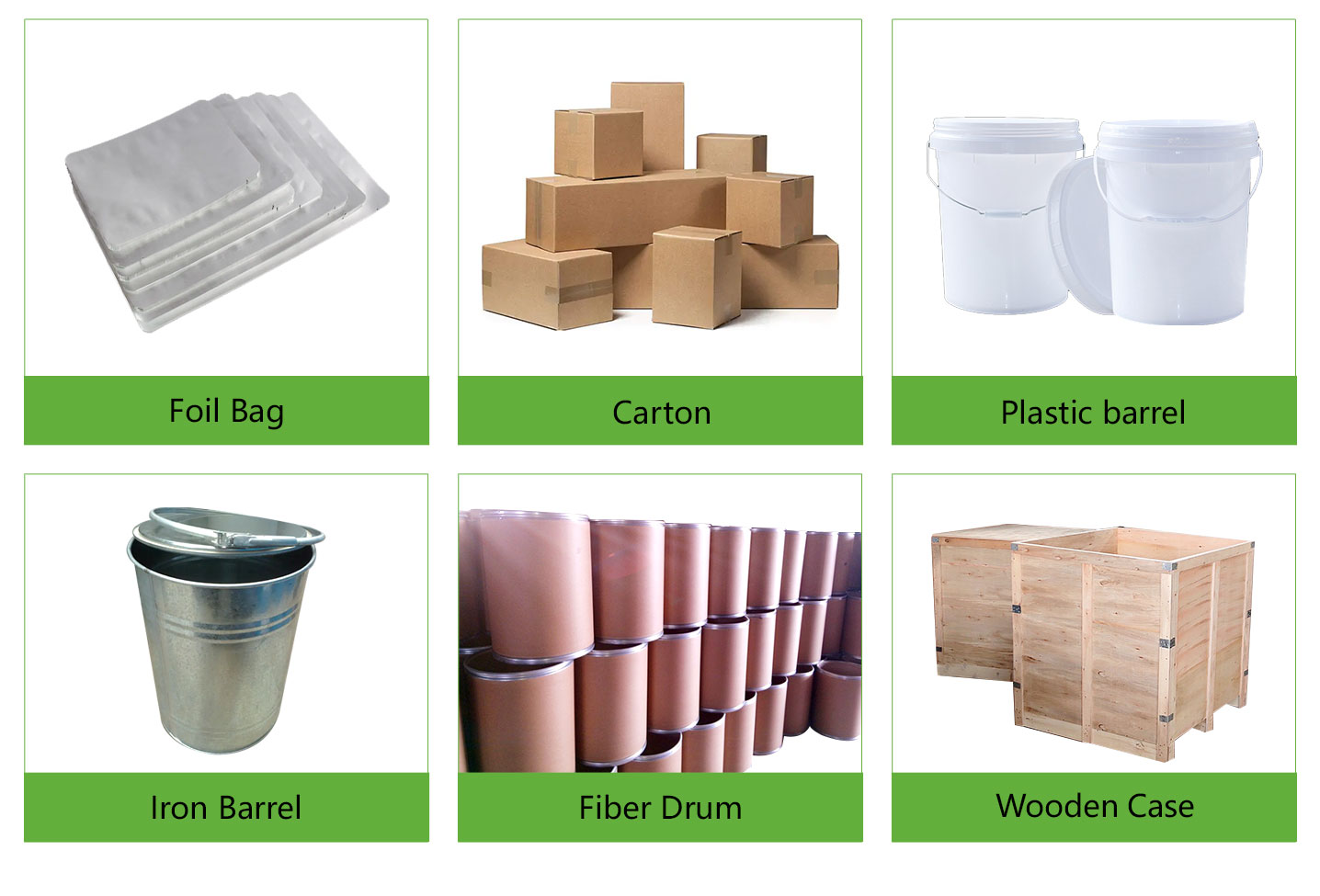What is Hafnium Diboride HfB2 Powder?
Hafnium boride or hafnium diboride is a gray crystal with a metallic luster. It has high conductivity and stable chemical properties. It hardly reacts with all chemical reagents (except hydrofluoric acid) at room temperature. It is prepared by mixing hafnium dioxide, boron oxide or boron carbide, carbon powder, and heating, or by reducing hafnium tetrachloride and boron trichloride through hydrogen reduction at 2,000°C or directly reacting hafnium and boron. It is used as a high-temperature alloy.
Hafnium diboride has a high melting point, hardness, good electrical and thermal conductivity, and good neutron absorption performance. It has important applications in ultra-high temperature, superhard, electrode, and neutron absorption materials.
With the development of material technology, the application fields of hafnium diboride ceramics and composite materials are becoming more and more extensive. Obtaining low-cost, high-quality hafnium diboride powder is currently an important research and development director at home and abroad. Hafnium diboride is difficult to sinter. Obtaining an ultrafine powder is necessary to improve the sintering performance. Although nano-powder has superior performance, its cost is high, and it is difficult to disperse during raw material processing, and the process is more difficult. Therefore, the development of sub-micron hafnium diboride powder has been paid more and more attention.
Hafnium diboride belongs to the Ultra-high-temperature ceramics class, a ceramic type composed of hafnium and boron. Hafnium boride melting point is about 3250 °C. It is an unusual ceramic, having relatively high thermal and electrical conductivities, properties it shares with isostructural titanium diboride and zirconium diboride. It is a grey, metallic-looking material. Hafnium diboride has a hexagonal crystal structure, a molar mass of 200.11 grams per mole, and a ~10.5 g/cm³ density.
Hafnium diboride is often combined with carbon, boron, silicon, silicon carbide, or nickel to improve the consolidation of the hafnium diboride powder (sintering). It is commonly formed into a solid by hot pressing, where the powders are pressed together using heat and pressure.
Feel free to inquire about the latest Hafnium boride price if you would like to buy Hafnium Diboride HfB2 Powder in bulk.
Specifications of Hafnium diboride HfB2 powder:
Hafnium diboride powder MF: HfB2
Hafnium diboride powder CAS: 12007-23-7
Hafnium diboride powder EINECS: 234-500-7
Hafnium diboride powder Density: 10.5 g/cm3
Hafnium diboride powder Melting point: ~3250 °C
Hafnium diboride powder MOQ: 1kg
Hafnium diboride powder Particle size: nano, micro, and as customers' request
Hafnium diboride powder Package: Aluminum bag, Vacuum packing, 1kg/bag, or as requested.
Features of Hafnium diboride HfB2 powder:
Hafnium diboride is an ultrahigh-temperature ceramic composed of hafnium and boron. It has a melting temperature of about 3250 degrees Celsius. It is an unusual ceramic, having relatively high thermal and electrical conductivities, properties it shares with isostructural titanium diboride and zirconium diboride. It is a grey, metallic-looking material. Hafnium diboride has a hexagonal crystal structure, a molar mass of 200.11 grams per mole, and a density of 10.5 grams per cubic centimeter.
How is Hafnium Diboride HfB2 Powder produced?
The combustion synthesis method of high-purity hafnium diboride powder is realized according to the following steps:
1. Mix the basic raw materials and diluents. The raw materials include hafnium dioxide, boric anhydride, and magnesium powder. The percentages by weight are hafnium dioxide: 30% to 60%, boric anhydride: 10% to 40%, magnesium powder:15%~50%, the weight of the added diluent hafnium diboride is 0~3 times the basic raw material;
2. Drying and mixing;
3. Load the uniformly mixed raw material powder into a graphite boat and put it into a closed pressure vessel. The closed pressure vessel is cooled by circulating water, and the reaction is maintained under a protective atmosphere with a pressure of 0-5Mpa or under vacuum conditions. The raw materials are self-propagating combustion and transformed into products;
4. Take out the product after cooling. The product is a mixture of hafnium diboride and magnesium oxide. The magnesium oxide is removed by acid washing, and then the hafnium diboride is washed with water, filtered, and dried to obtain hafnium diboride powder.
Applications of Hafnium Diboride HfB2 Powder:
Hafnium diboride is used in wear-resistant coatings. Due to its excellent refractoriness, it has also been looked at for use in ultra-high-temperature composites in conjunction with silicon carbide (SiC). The addition of silicon carbide improves its oxidation resistance.
The oxidation resistance of hafnium diboride is dependent on the temperature and pressure. A protective oxide scale of hafnia forms at a temperature of 1500 °C and 1 atm of pressure. When temperatures rise above 1600 °C and pressures drop below 1 atm, the oxidation resistance of HfB2 is dramatically reduced. Under these conditions, the boiling temperature of B2O3 (one of the oxidation products of HfB2) is exceeded, and the protective oxide layer.
Due to its strength and thermal properties, the material can be used in hypervelocity reentry vehicles such as ICBM heat shields or aerodynamic leading edges. Unlike polymer and composite materials, HfB2 can be formed into aerodynamic shapes that will not ablate during reentry.
Hafnium diboride is also investigated as a new material for nuclear reactor control rods.
Hafnium diboride is also being investigated as a microchip diffusion barrier. If synthesized correctly, the barrier can be less than 7 nm thick.

Hafnium Diboride Properties |
|
| Other Names | hafnium boride, HfB2 powder |
| CAS No. | 12007-23-7 |
| Compound Formula | HfB2 |
| Molecular Weight | 200.112 |
| Appearance | Black Powder |
| Melting Point | 3250 °C |
| Boiling Point | N/A |
| Density | 10.5 g/cm3 |
| Solubility in H2O | N/A |
| Exact Mass | 201.965161 |
Hafnium Diboride Health & Safety Information |
|
| Signal Word | N/A |
| Hazard Statements | N/A |
| Hazard Codes | N/A |
| Risk Codes | N/A |
| Safety Statements | N/A |
| Transport Information | N/A |